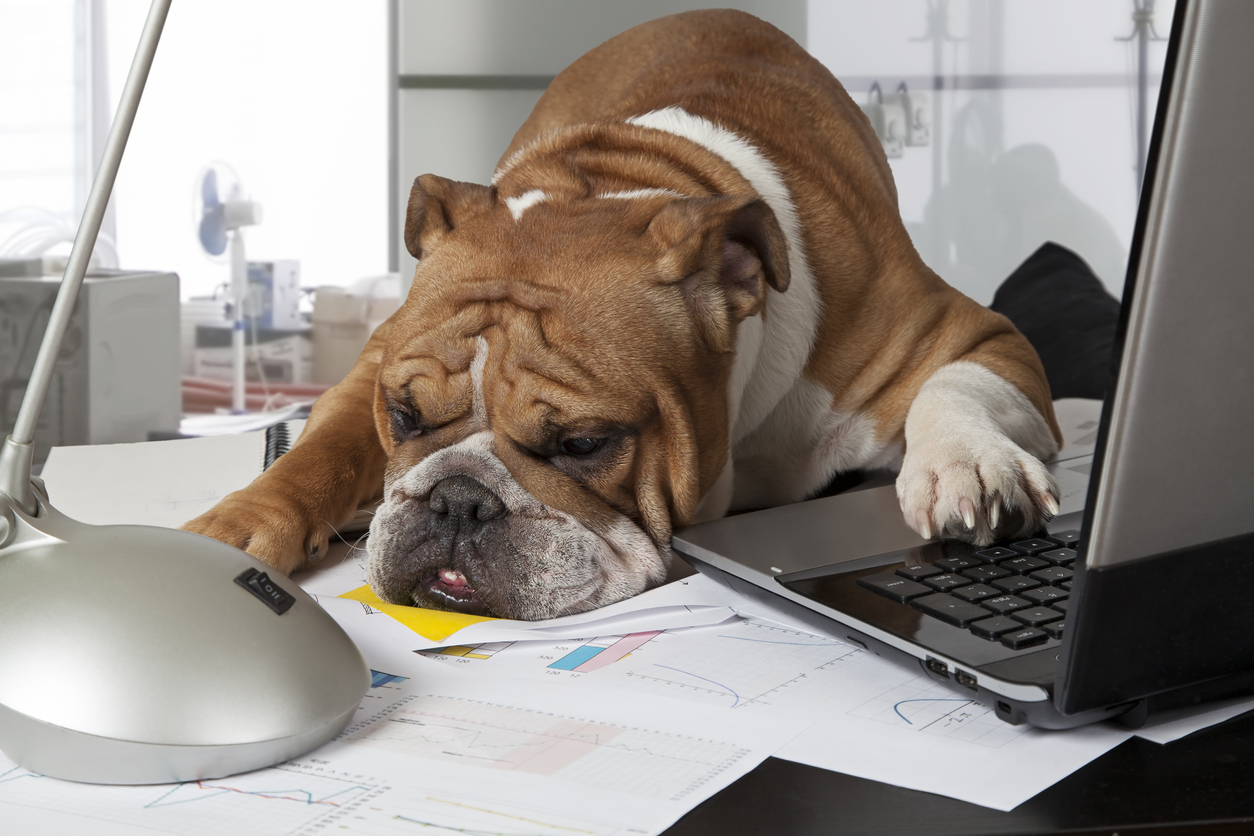
Executive Facilitation
Part 3: Five tips for a great facilitation experience.
You have assembled key executives to solve a problem, create an important strategy, or make big decisions. Sounds like serious business. But they can enjoy themselves and do great work. Here are a few ideas.
1. Show forward motion.
Participants who feel like they’re wasting their precious time are unhappy participants. Help them keep their eye on the prize; show them throughout the session that they’re moving toward their goals. The easiest way to do that is to:
- Confirm the goals of the session at the start,
- Show a path of milestones through the session.
- Check off these milestones as you reach them.
2. Delight some eyeballs.
Nothing saps joy like dense, wordy slides. You might need a few of them as examples of real-world reports and such but keep the rest of your visuals pretty and clean.
Use only as many slides as necessary to achieve the goals of the session. On those slides, focus on graphics and minimize words. Remember, people can’t read and listen to you at the same time. Keep the detailed content in your facilitator notes.
When choosing graphics, be a little creative. Invest in the beautiful, funny, and surprising. Your participants will remember what you’re saying better when it’s attached to a memorable image.
Nothing saps joy like dense, wordy slides.
Another refreshing approach is to invite a graphic facilitator to document your work. For example, as you create your organization’s new vision and mission, the graphic facilitator illustrates it on a giant paper canvas or smart board on the wall. The graphic documentation is a great reference point to keep the team focused on its goals after the session. Learn more and see examples here.
3. Lighten up.
You want the session to be enjoyable, or maybe even fun. Think about ways – big and small – to elevate the mood.
A good place to set a fun tone is the kickoff. For example, have all participants send you their high school yearbook photo ahead of time, then put those photos on your opening slides. Do the participants know each other pretty well? On a break, have them pick from a list of superlatives and honor each participant when you call the meeting back into session. Find out who was voted “Best Hair,” or “Most Likely to Skydive.” Find other ideas here.
Another way to build in fun is to put learning or decision-making in the context of a game. But use caution; participants – especially those with big responsibilities – don’t have time for meaningless shenanigans. So, if you engage in shenanigans, make them meaningful. It’s ok to play, but the play must move the group forward.
4. Get them out of their chairs.
Engaging the body can help engage the brain. Here are three things to try.
- Work in motion. Invite participants to gather around a flipchart or whiteboard for some activities. Or structure an activity so that they have to move to complete it; for example, ask them to vote on post-its and then move around the room to place them.
- Give them a break. Schedule breaks throughout the session, so participants can stretch their legs or take care of urgent work matters.
- Take it outside. If the venue allows, move the group outside for some of the session. Fresh air, natural light, and a change of scenery are good for creativity and critical thinking.
It’s ok to play, but the play must move the group forward.
5. Give them time.
One of the benefits of executive working sessions is the time they get together. For many execs, this is a rare and precious thing. They have a chance to network, get advice, collaborate on hot topics, and form stronger bonds. Balance the work at hand with unstructured time so participants leave feeling even better than expected.
Important work doesn’t have to be dull or painful. With a little preparation, your participants will walk away happy and eager for your next session.




